Dhaka, June 28 (V7N) — Despite a bumper Boro harvest just a month and a half ago, rice prices in Bangladesh have surged unexpectedly, raising concerns among consumers and traders alike. The annual rice demand in the country stands at 38 to 39 million tons, with 60% of this usually met by the Boro crop. Traditionally, prices remain stable or decline at this time of year — but this season has defied expectations.
In the past two weeks since Eid-ul-Azha, rice prices in the capital's markets have risen by 6 to 8 taka per kg across various grades — including fine, medium, and coarse rice varieties. Miniket rice has seen the steepest hike, with consumers now paying 80-90 taka per kg, depending on quality. This represents an additional 400 taka per sack (50 kg). Medium-grade rice like BR-28 and pajam have also increased by 200 taka per sack.
Retailers and wholesalers allege that mill owners and a few large corporate entities are hoarding and manipulating the market to reap excessive profits. While the Consumer Rights Protection Department and the District Food Department have launched drives to stabilize the market, traders claim these efforts have been ineffective due to poor oversight at mill gates and warehouses.
On the other hand, mill owners cite multiple factors behind the rising prices. Naogaon District Rice Mill Owners Group President Faruk Hossain Chakdar said, “The price of paddy has increased by 100 to 150 taka per maund due to spoilage caused by rain. The Eid holidays also disrupted production and the supply chain. We hope the situation will normalize by next week.”
According to Trading Corporation of Bangladesh (TCB) data, rice prices have climbed 7% to 10% over the past year — a worrying trend in a country where rice is the staple food for millions.
Consumers and economists alike are urging stronger government intervention to prevent market manipulation and ensure stability in the rice market — especially as further price hikes could deepen food insecurity for lower-income families.
END/RH/AJ



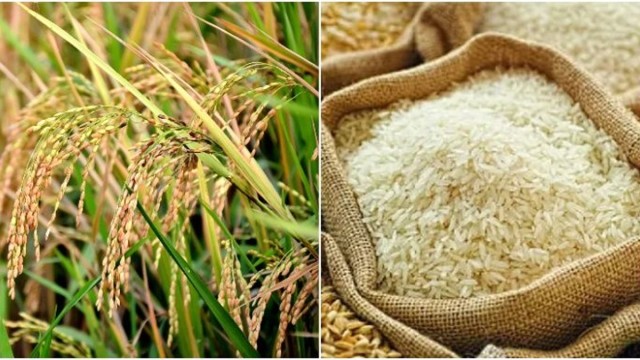

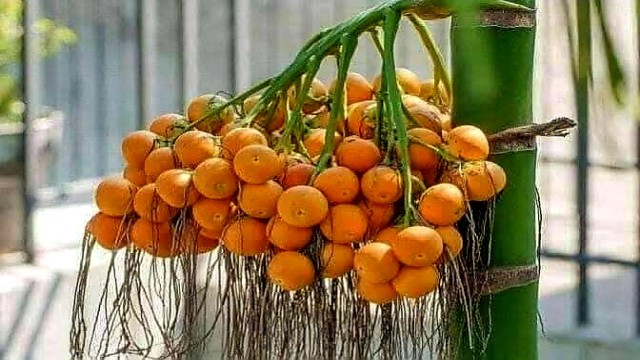



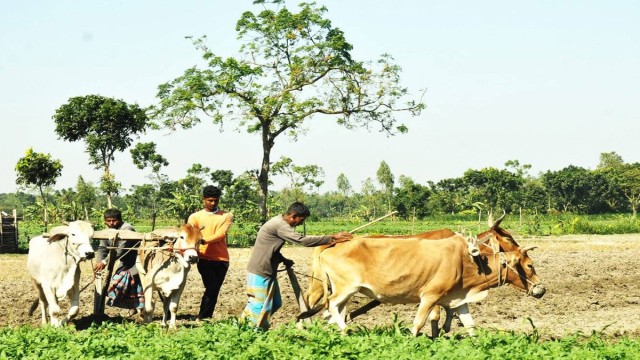
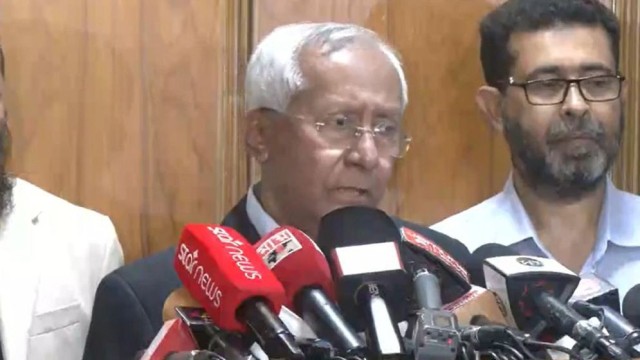



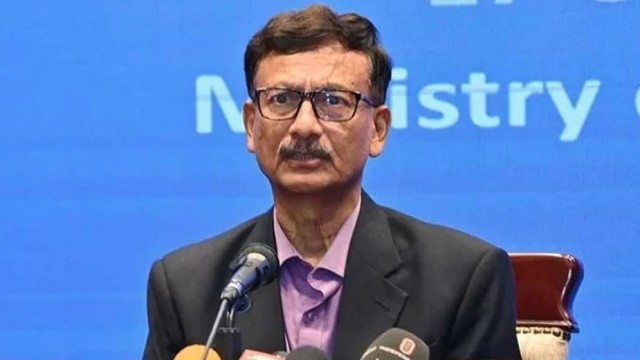
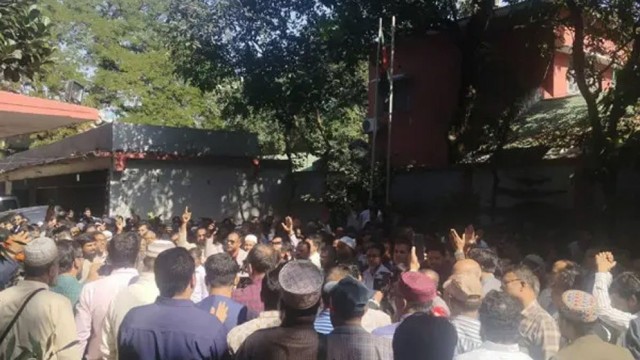
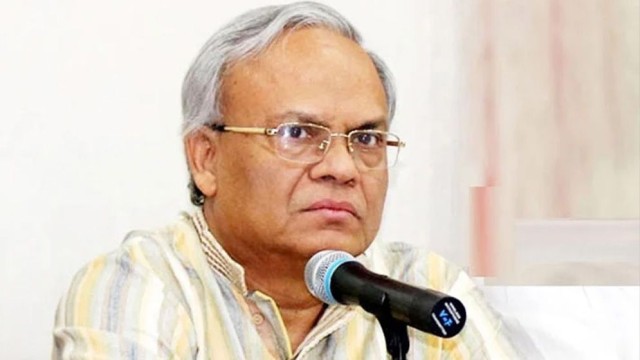
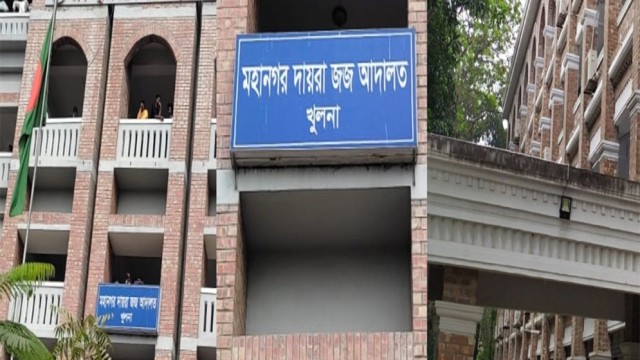

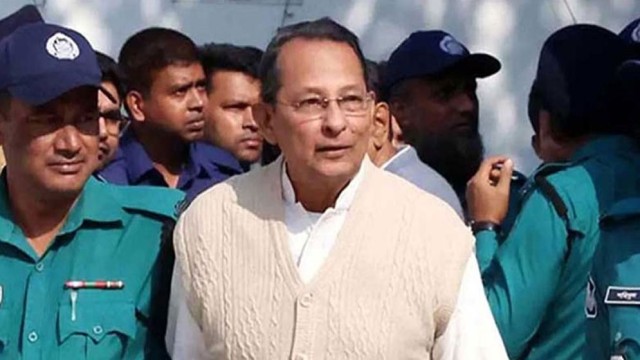





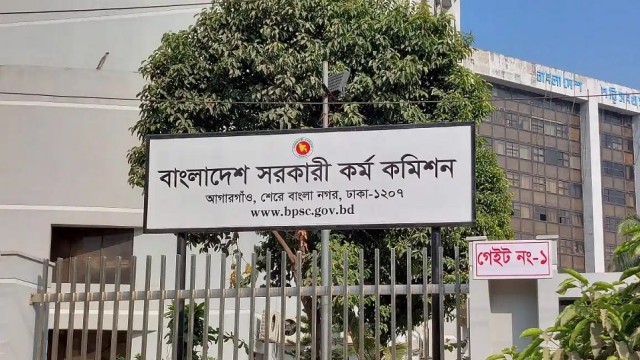
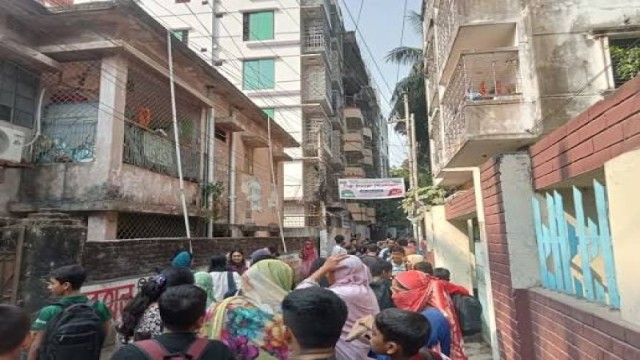



Comment: